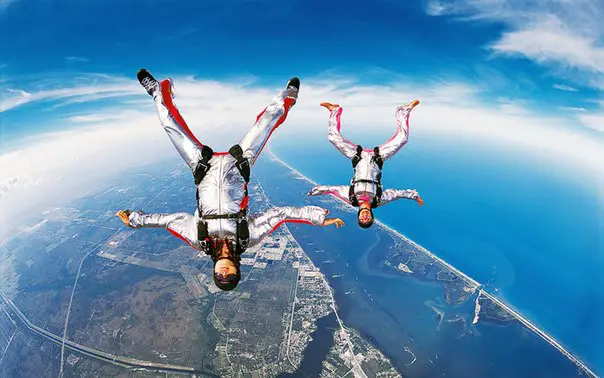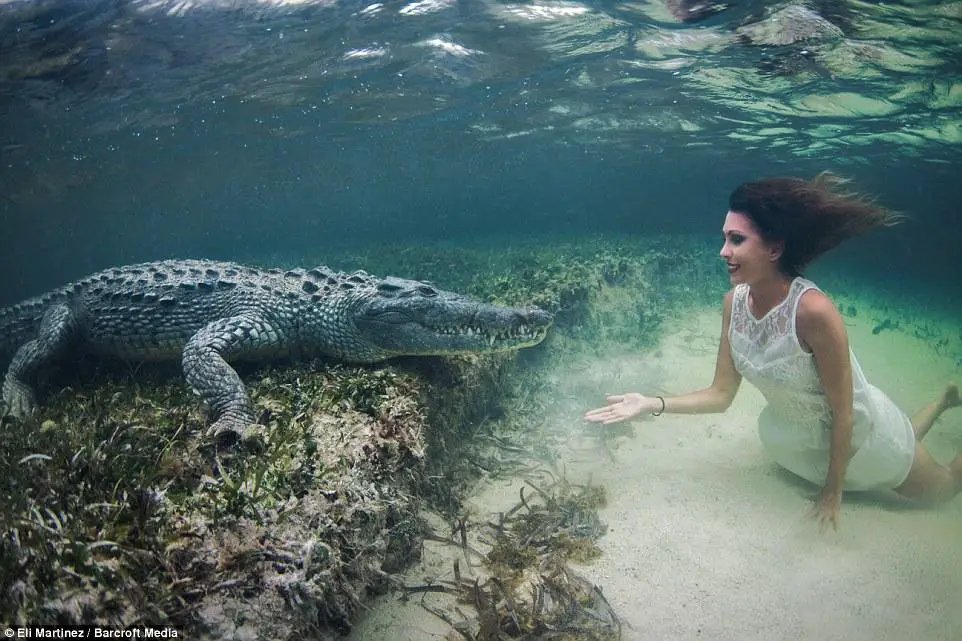Mountain climbing is one of the most dangerous and rewarding activities in the world, pitting the climber against nature in one of the most gruelling mental and physical undertakings a human can go through. While attempting to climb any mountain is a mammoth undertaking in its own right, there are certain peaks that not only push climbers to their absolute limits, but often far beyond and sadly ending in a cold and lonely death. The following are 10 of the most dangerous mountains in the world, all renowned for taking the lives of many climbers who have dared to try and conquer them.
K2 – Pakistan/China
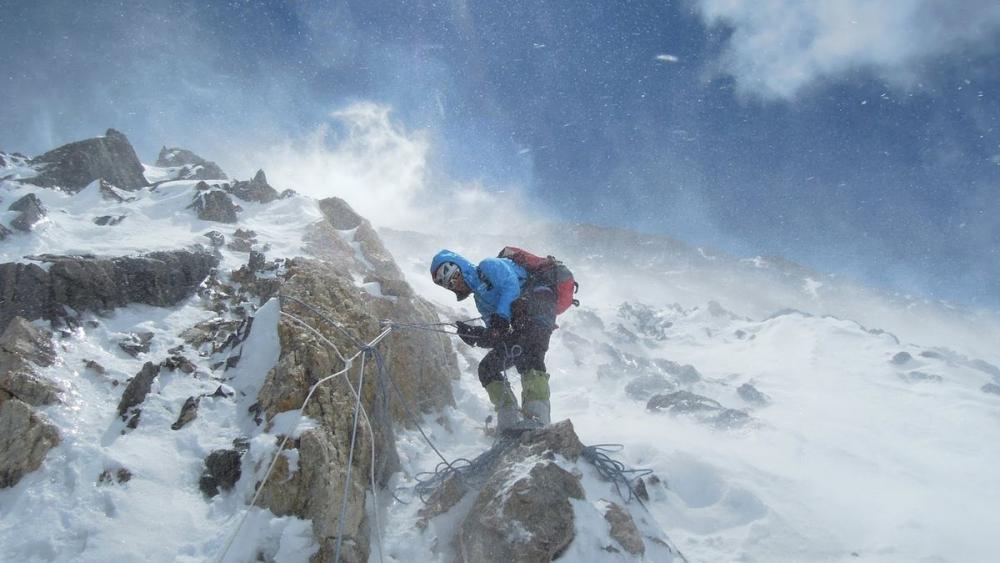
K2 is the second highest mountain on earth, standing at an incredible 8,611m, but it is also one of the most dangerous. To put that into context: The peak has never been successfully scaled in winter and one out of every five people that try to make the summit die.
Eiger – Swiss Alps
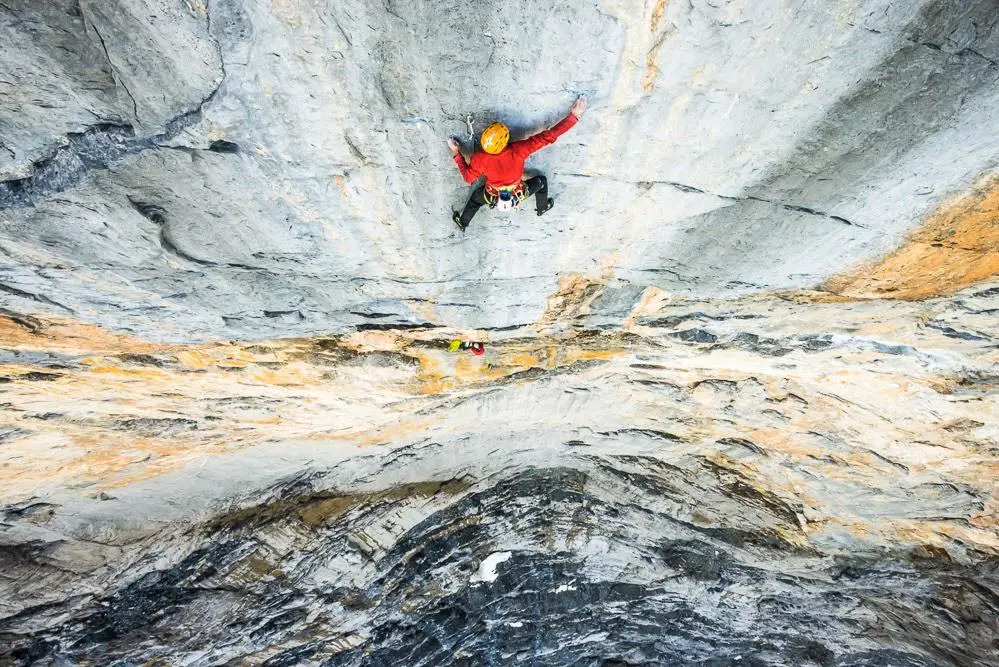
The north face of the Eiger is known as one of the most difficult climbs on the planet and has been nicknamed Mordwand (Murder Wall). A successful climb of the wall wasn’t even completed until 1935 and there have been at least 64 deaths on the north face since 1932.
Nanga Parbat – Pakistan
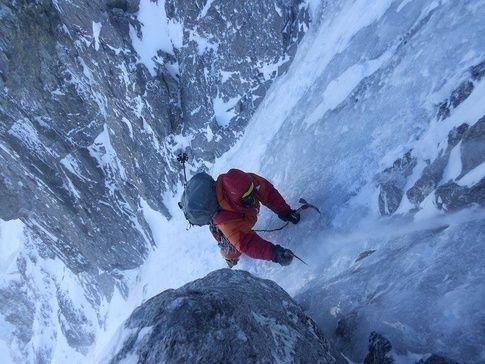
Nanga Parbat is the ninth highest mountain in the world, standing at 8,126 metres and has taken the lives of dozens of climbers over the years. In regards of difficulty, Nanga Parbat is on terms with K2 and, just like that mountain, a climb to the peak has never been successfully completed in winter.
Manaslu – Nepal
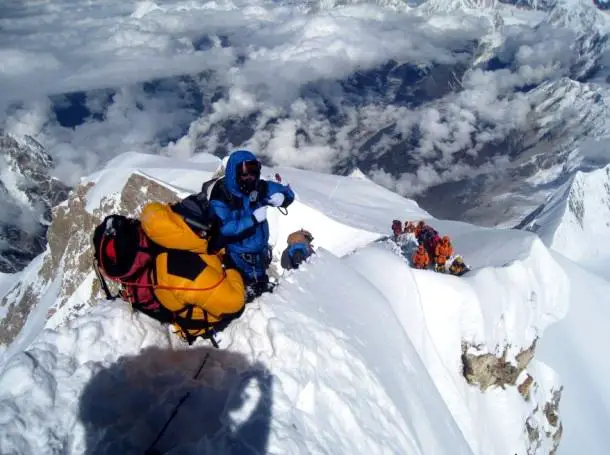
One place in front of Nanga Parbat, Manaslu is the eighth highest peak in the world, standing at 8,163 metres. Known as ‘Mountain of the Spirit’, Manaslu has taken the lives of at least 65 climbers over the years and is renowned for its monsoon rainfall, leading to regular landslides and landfalls.
Kangchenjunga – Nepal/India

Kangchenjunga on the Nepal/India border is the third highest peak in the world, standing at 8,586 metres, and is famous for its harsh weather and frequent avalanches. Only 187 people have ever reached the summit of the mountain and the fatality rate stands at a frightening 22%.
Mont Blanc – France/Italy

Mont Blanc is the highest peak in the Alps and is responsible for an astonishing number of deaths. It may not have the height of the huge Asian mountains but the fact Mont Blanc is incredibly popular with hikers and climbers means its fatality rate is still very high. It is believed the Mont Blanc Massif (which includes all the surrounding peaks) is responsible for over 8,000 deaths over the years.
Mount Everest – Nepal/Tibet
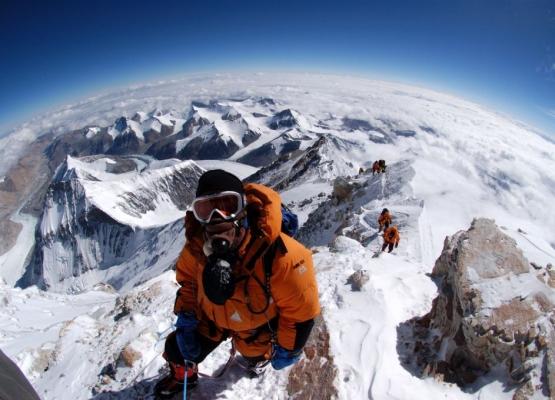
As the highest and most famous mountain on the planet, you might be surprised to find out that Mount Everest isn’t actually the deadliest mountain on this list. The 8,848 metre peak is still responsible for over 200 deaths over the years but the fact that around 700 people per year now successfully reach the summit of Everest, means that the mountain’s fatality rate actually only stands at 9%.
The Matterhorn – Switzerland/Italy
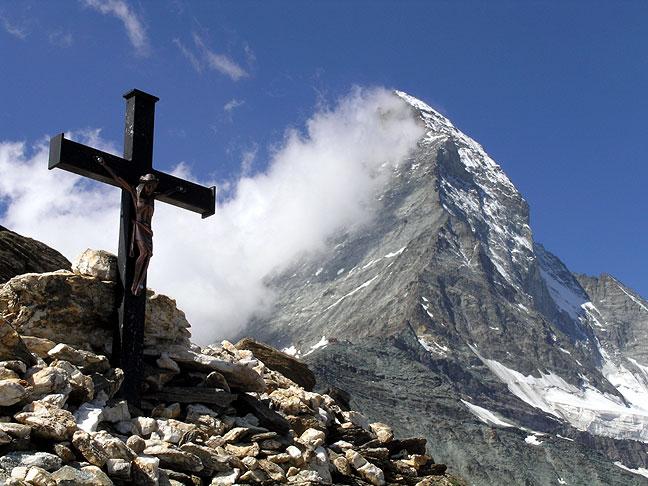
The Matterhorn may only stand at 4,478 metres but it is still one of the most dangerous peaks to climb on the planet. The first successful climb was completed in 1865 but ended in tragedy when four climbers fell to their deaths on the way back down. The mountain has claimed a number of lives in the last century-and-a-half, and the fatality rate is among the highest in the Alps. The north face of the Matterhorn is also known as one of the Alps’ toughest climbs.
Annapurna – Nepal
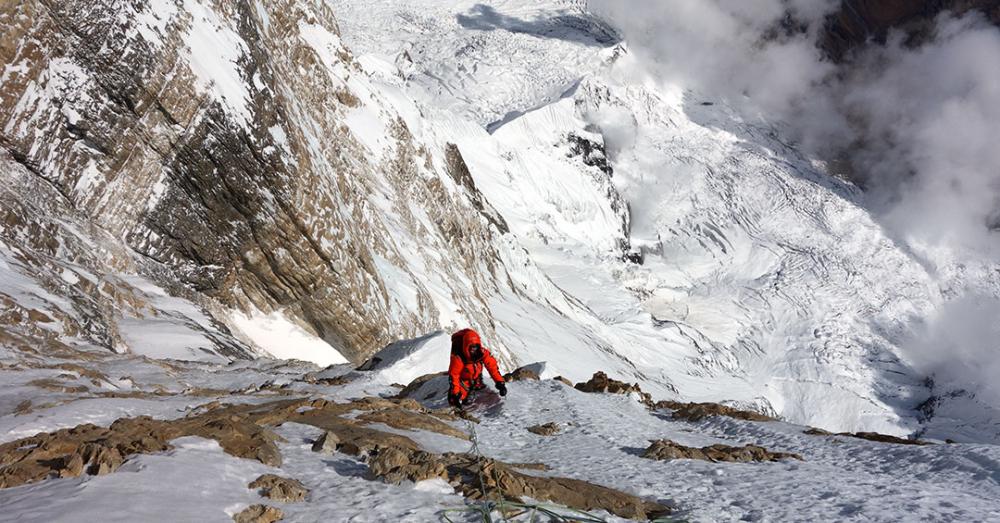
Annapurna in Nepal is the 10th highest mountain in the world, standing at 8,091 metres, and also has the highest fatality rate of any of the 8,000m+ mountains. The peak has taken the lives of 60 of the 157 people who have tried to reach its summit, giving it an alarming fatality rate of 38%!
Baintha Brakk – Pakistan
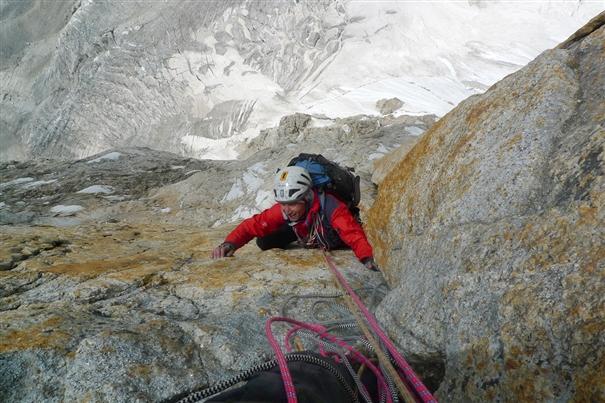
Baintha Brakk stands at 7,285 metres high and is known as one of the toughest climbs in the world. The first successful attempt to reach the summit of Baintha Brakk wasn’t completed until 1977 and the second successful attempt took a further 24 years to occur. The granite tower at the top of the mountain (E on the photo) is known as one of the most technically difficult climbs on the planet and has caused the peak to be nicknamed ‘The Ogre’.

